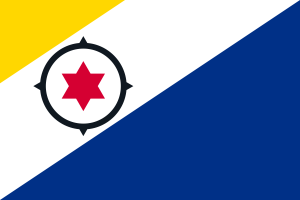
Called the “Golden Rock” during its 18th century trading heyday, Statia today offers tranquil beaches, volcanic hikes, and a rich archaeological landscape.
Dominated by the dormant Quill volcano (600 m) whose crater shelters a rainforest, Statia also boasts coral reefs, black sand beaches, and more than 200 shipwrecks beneath turquoise seas.
An oil trans-shipment terminal is the chief revenue source. Heritage tourism, marine conservation, and blue bead jewelry crafts provide diversification, while a new free zone aims to attract logistics firms.
Dutch, Afro-Caribbean, and American influences intersect. Statia Day on 16 Nov marks the “First Salute” of 1776, celebrating the island’s pivotal role in U.S. independence.
Statia offers a quiet, reflective Caribbean experience—where history, nature, and community converge under the shadow of an ancient volcano.

